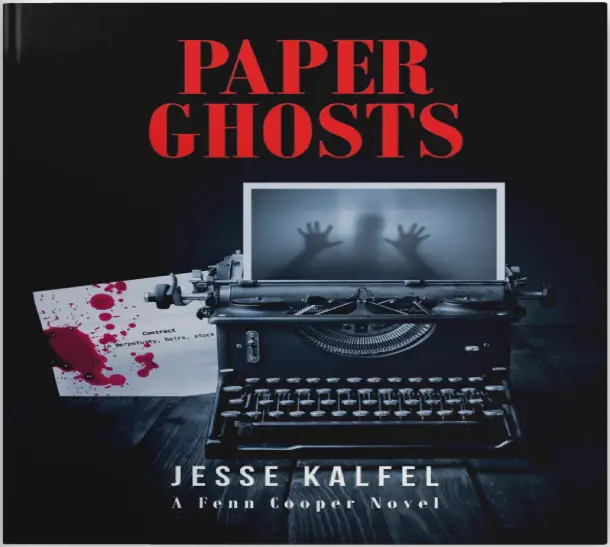“Paper Ghosts” breaks the mold of traditional mystery novels in several innovative ways, particularly through its unique character development and thematic depth. Traditional mystery novels often rely on familiar tropes and archetypes, but “Paper Ghosts” subverts these expectations by humanizing characters who are typically marginalized or portrayed as caricatures, and by delving into the complex, flawed nature of its protagonists.
Humanizing Marginalized Characters
One of the most significant ways “Paper Ghosts” stands out is through the character of Zena, a little person who works as a fortune teller. In many traditional mystery novels, if little people are included, they are often reduced to mere caricatures or used for comic relief. However, Zena is presented as a fully fleshed-out character with her own narrative arc and personal struggles.
She provides a rare and authentic perspective on what it’s like to navigate a world designed for people of average height, highlighting her need for love, respect, and understanding. This humanization fosters empathy and breaks away from the simplistic and often demeaning portrayals seen in other works.
Complex Protagonists
Fenn Cooper, the New York journalist in search of a compelling story, also breaks the traditional mold. Unlike the typically noble and morally unambiguous detectives of classic mysteries, Fenn is deeply flawed. His desperation for a sensational story and his questionable ethics, including his tendency to make inappropriate remarks and cheat on his girlfriend, make him a “charming bastard” whose moral ambiguity adds layers to the narrative. This complexity in characterization challenges readers to engage with him on a deeper level, moving beyond the straightforward hero archetype.
Drawing from Personal Experience
The novel’s authenticity is further enhanced by the author’s personal experiences, which inform the characters’ development. Growing up with a little person has provided the author with genuine insights into Zena’s experiences, adding depth and realism to her portrayal. Similarly, Fenn’s character is shaped by the author’s own past and complex relationships, making him a more believable and relatable figure. This blend of personal history and creative fiction contributes to a richer, more nuanced narrative that resonates with readers on an emotional level.
Diverse Character Representations
“Paper Ghosts” also introduces a range of secondary characters who embody various human traits and flaws. From greed and violence to kindness and trauma, these characters reflect different aspects of human nature, making the story more relatable and engaging. By incorporating such a diverse cast, the novel avoids the one-dimensional portrayals often found in traditional mysteries, instead presenting a more holistic and realistic view of humanity.
Conclusion
In summary, “Paper Ghosts” breaks the mold of traditional mystery novels through its empathetic portrayal of marginalized characters, complex and flawed protagonists, and the infusion of personal experience into character development. These elements not only make the story more compelling but also push the boundaries of the genre, inviting readers to explore the depths of human nature and the intricacies of personal relationships within the framework of a mystery novel.
